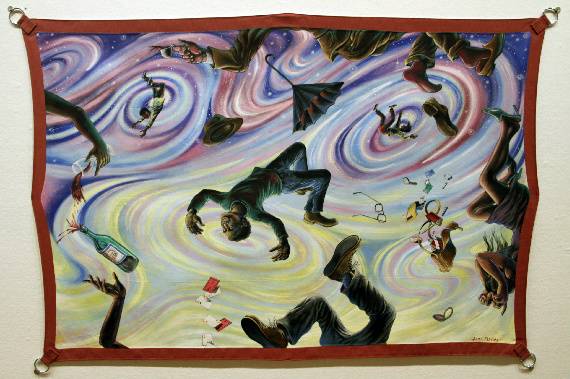The Krannert Art Museum hosts a variety of exhibits throughout the year, but the School of Art + Design Faulty Show always seems to stand out, and this time it is no exception. There is something about the ambiance of the gallery that makes the faculty show feel more personal than most other exhibits seen at Krannert. Perhaps this showcase is particularly special because it serves as a reminder of the local talent leading the arts at U of I and in the community.
Similarly, the layout of this exhibit further adds to the personal experience. The gallery itself is spacious, yet intimate. There is a large amount of space between art works so the viewer’s interaction with each work becomes a personal experience. One does not feel overwhelmed or cluttered by surrounding artwork. This results in not feeling pressured to rush through the gallery when viewing each piece individually, which allows you to become involved in the specific styles and concepts of each artist’s work.
Not only does the artwork in the show range between media, but there is also a significant variance within the confines of each artist’s chosen medium.
Artists Laurie Hogin and Jorge Lucero choose paint as their media of choice, but their execution and final products couldn’t be more diverse from one another. Hogin’s series of oil painted monkeys, Love and Poison, are done in a European portraiture, Dutch still life and contemporary advertising style. On her website, Hogin states that the monkeys are meant to “comment on the phenomenon of social identities as constructed by consumerism in the 21st century economy.”
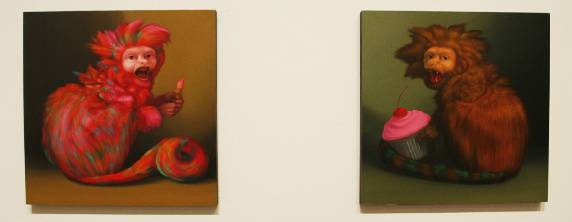
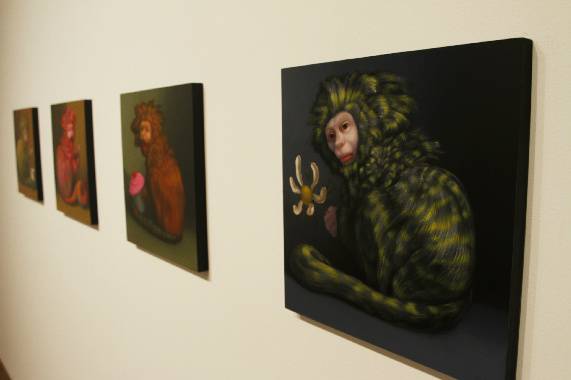
This proves to be far different from Lucero’s series of 42 acrylic painted canvas’s titled Difficult to Swallow: Recherche Summer(ee), which are free form patterns and designs that were created for a personal reason over a societal one.
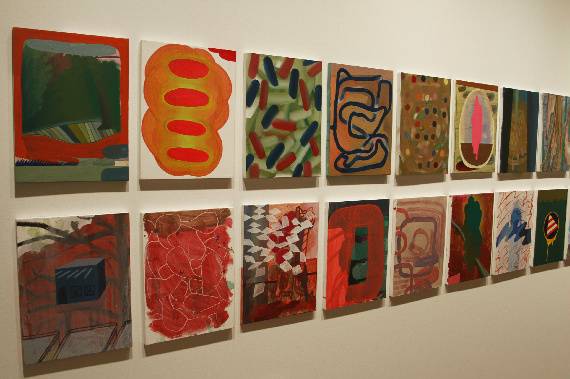
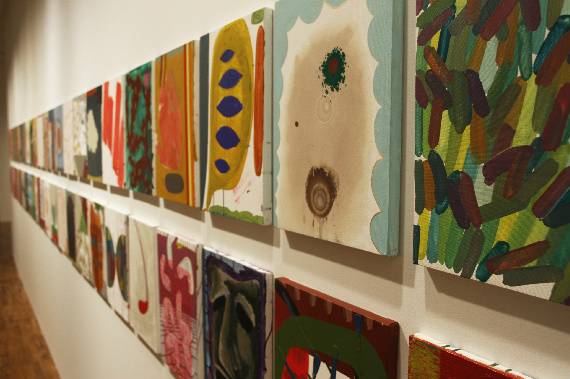
Other faculty members, such as: Linda Robbennolt, a professor in photography; Amy Ruffert, a professor in sculpture; Cliff Shin, professor in industrial design; and Ryan Griffis, a professor in new media showcase their own masteries.
Griffis shows two parts from the documentary titled Between the Bottomlands and the World. The videos Submerging Land and Granular Space analyze Beardstown Illinois’ connection with global phenomenons. The video explores production of commodity crop and follows the life of a seed from field to ocean-going vessel.
Any exhibit goer should make a point to not miss the three books placed on a shelf to the right of the exhibit entrance. The three books are all written by art history faculty members, and are a perfect example of the diversity of art and expertise woven throughout the School of Art + Design.
The exhibit is in the Krannert Art Museum until September 23 and admission is free.









